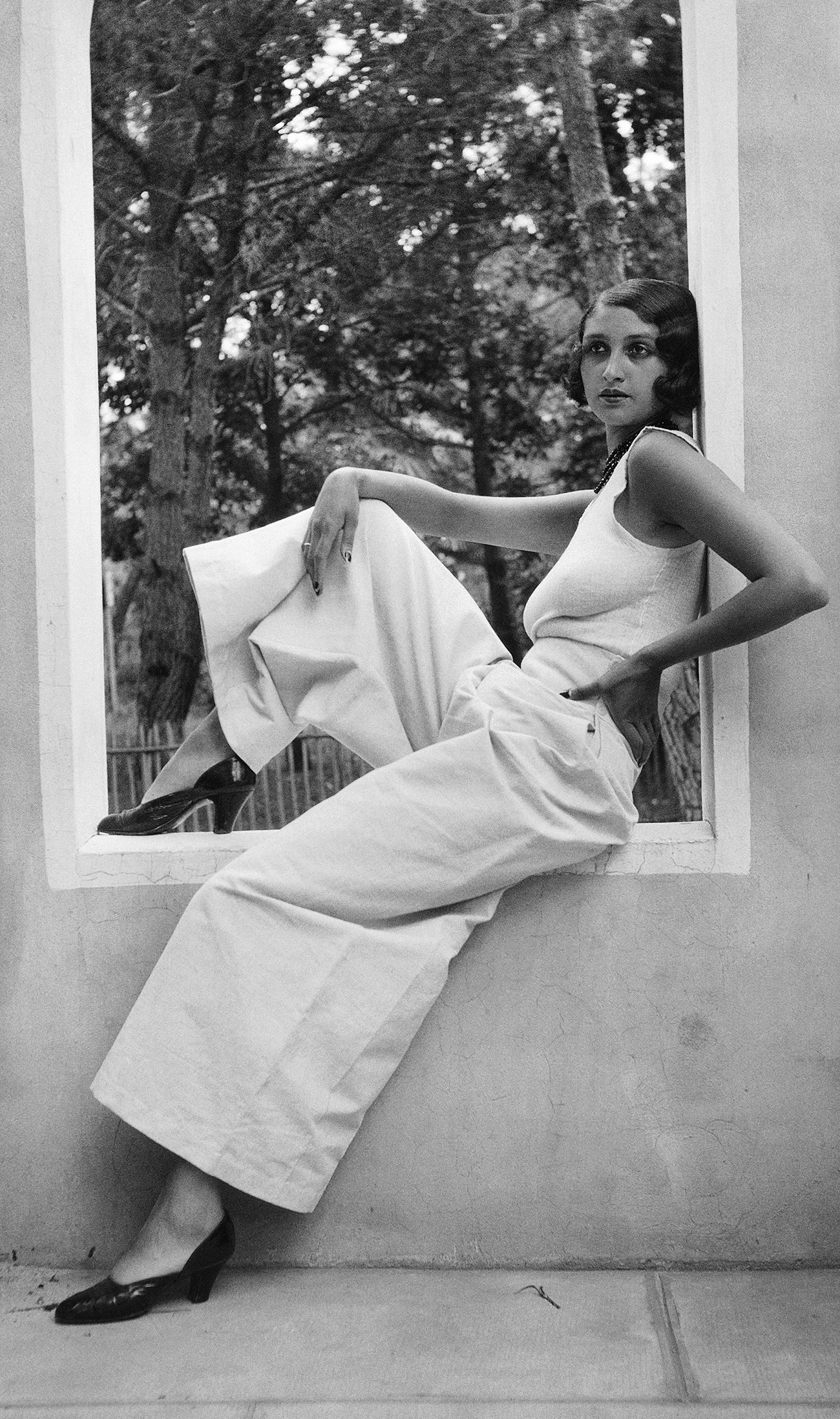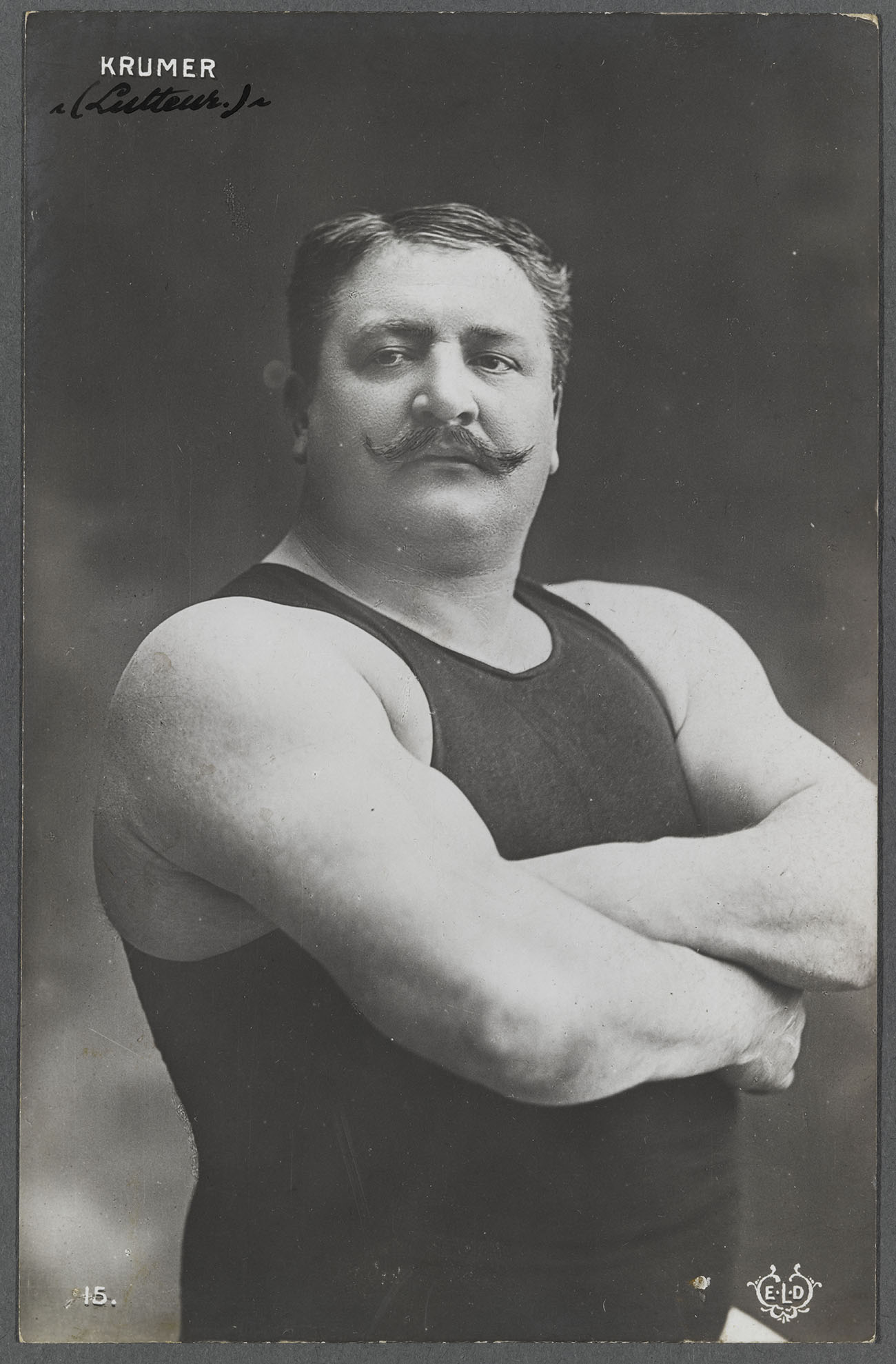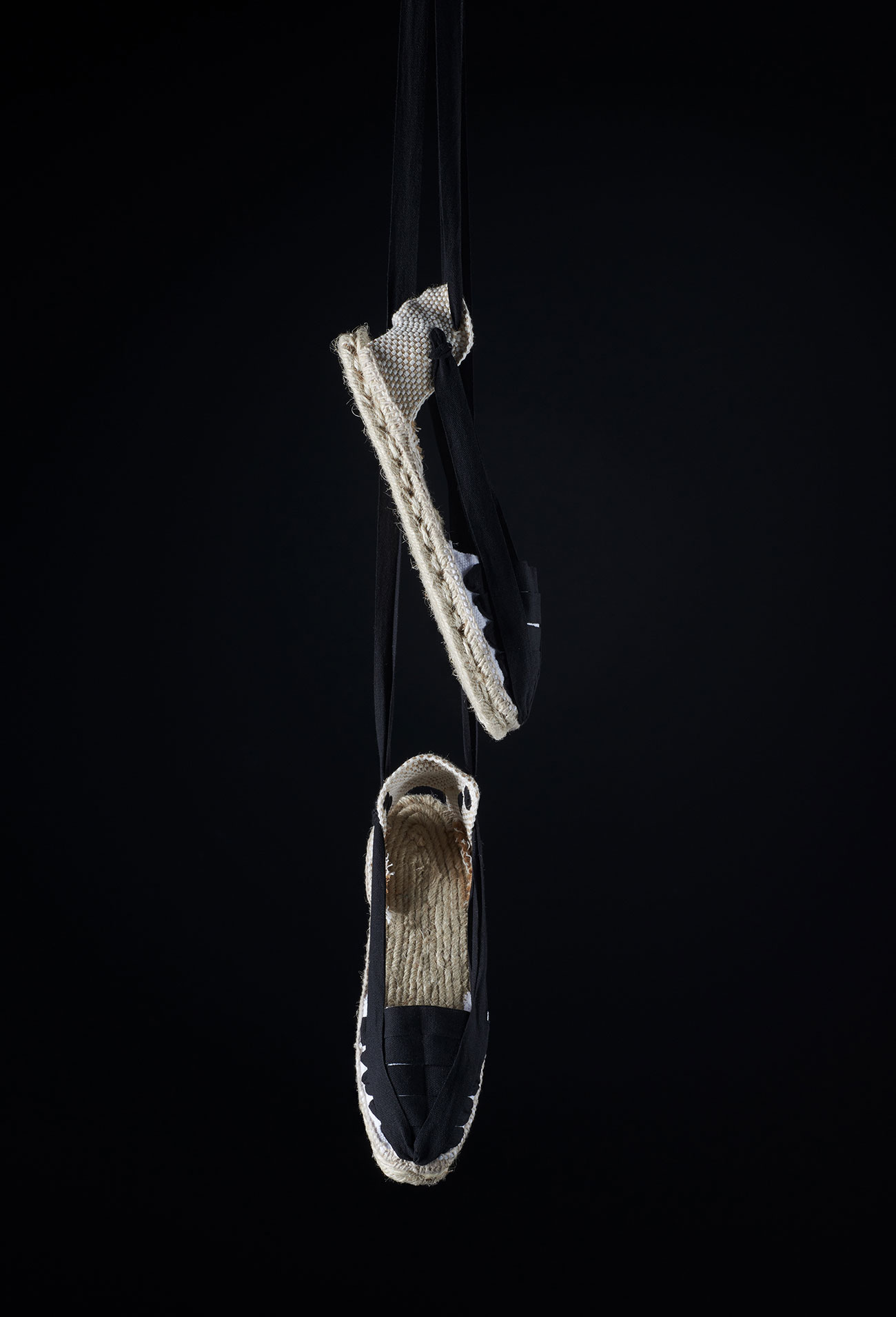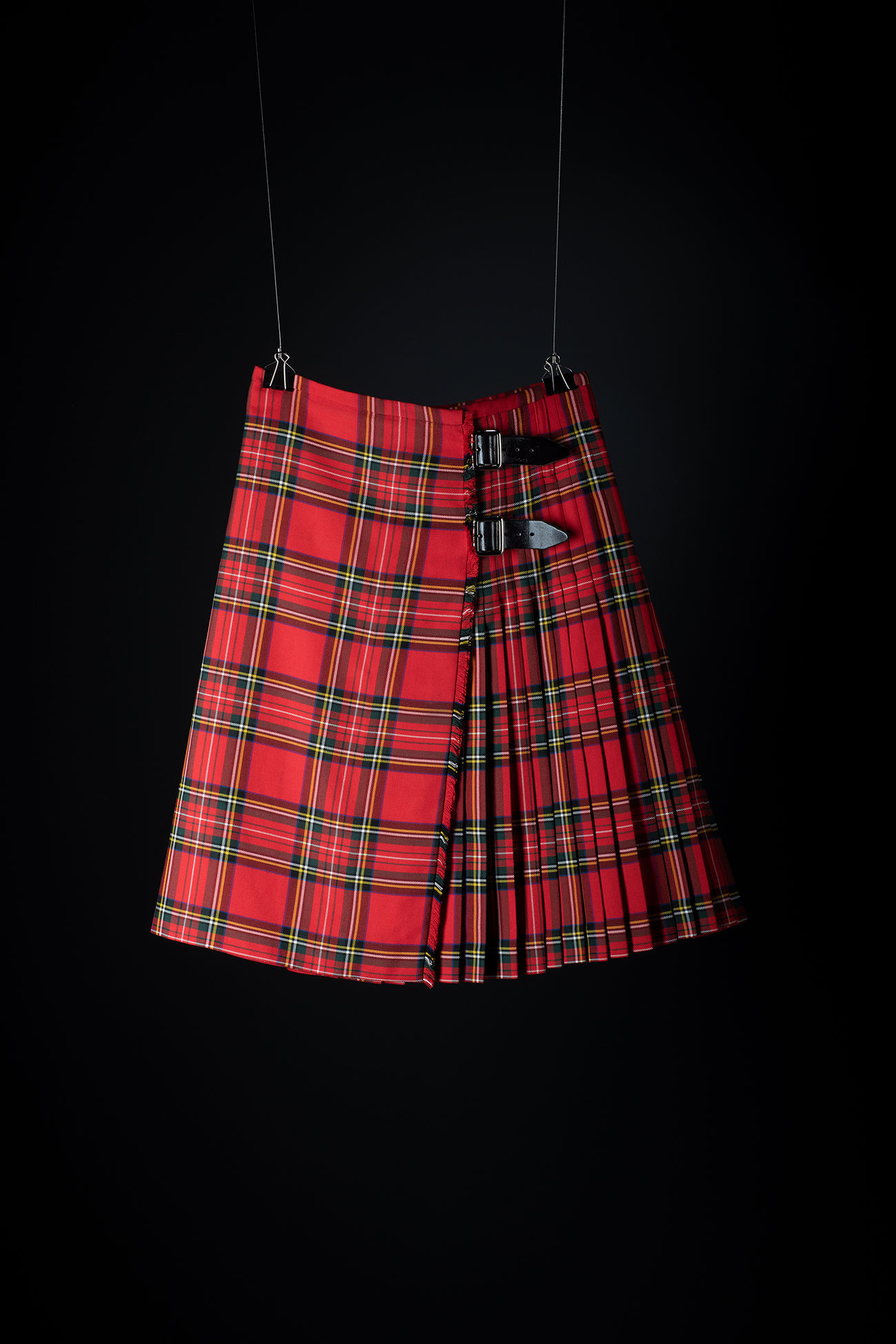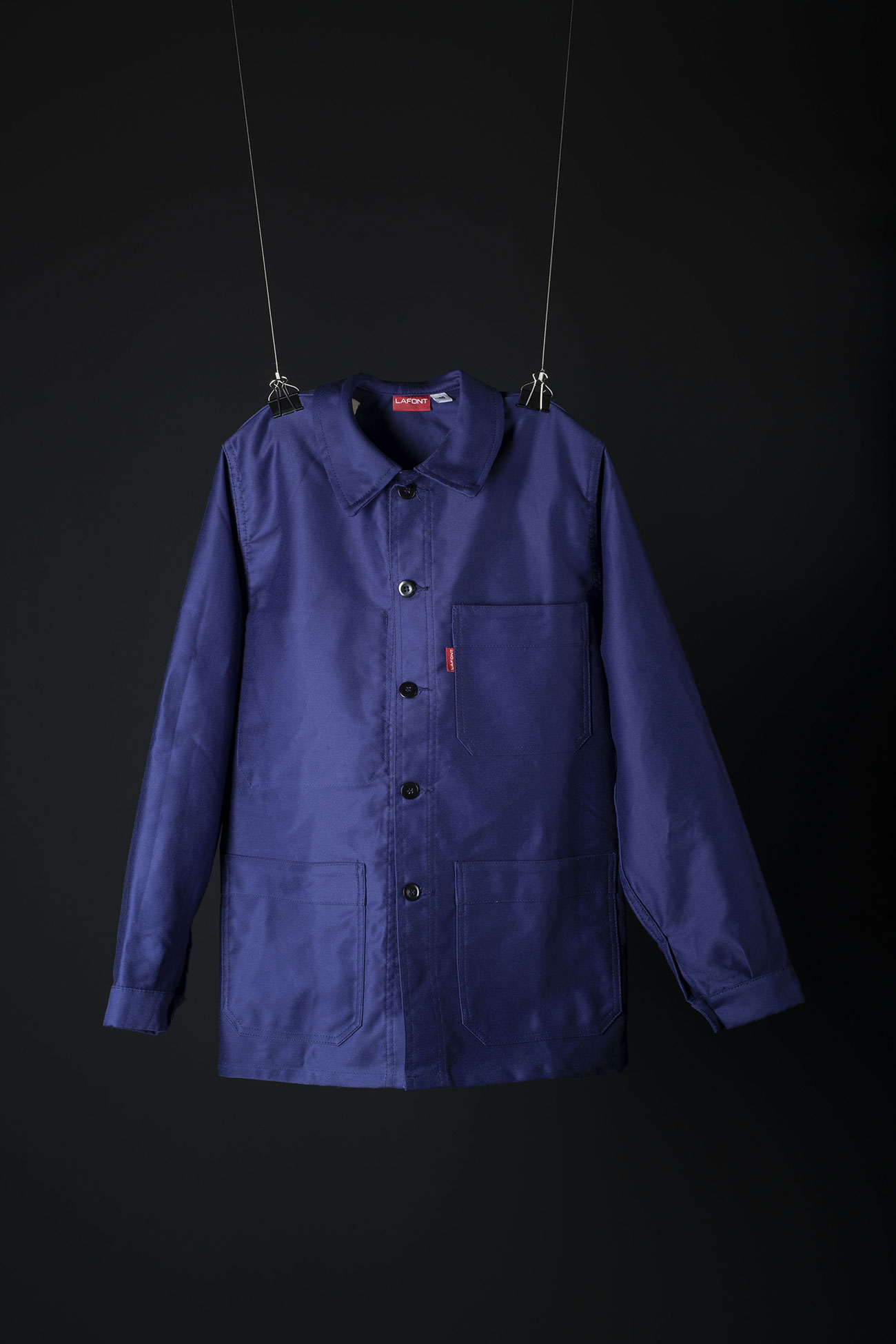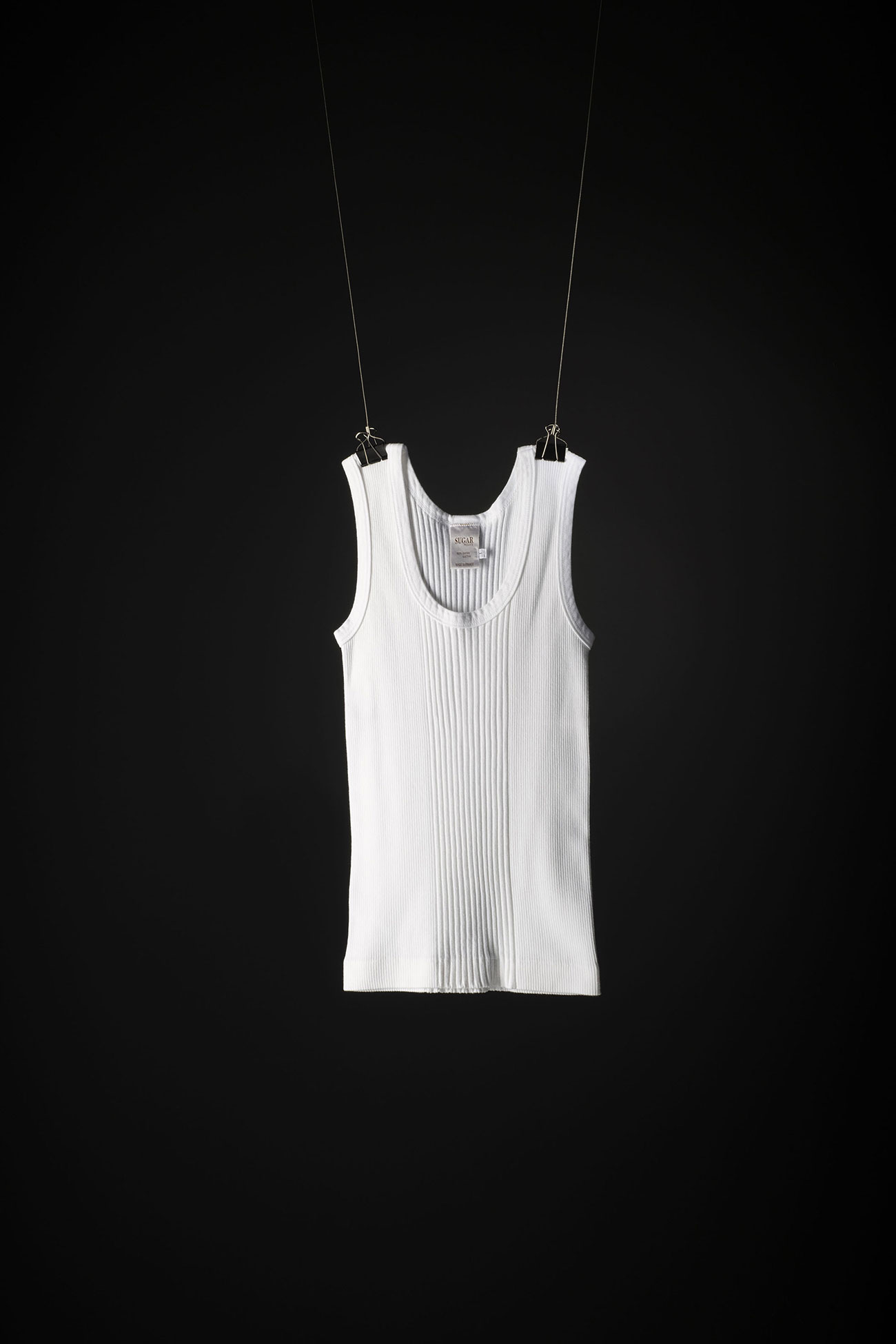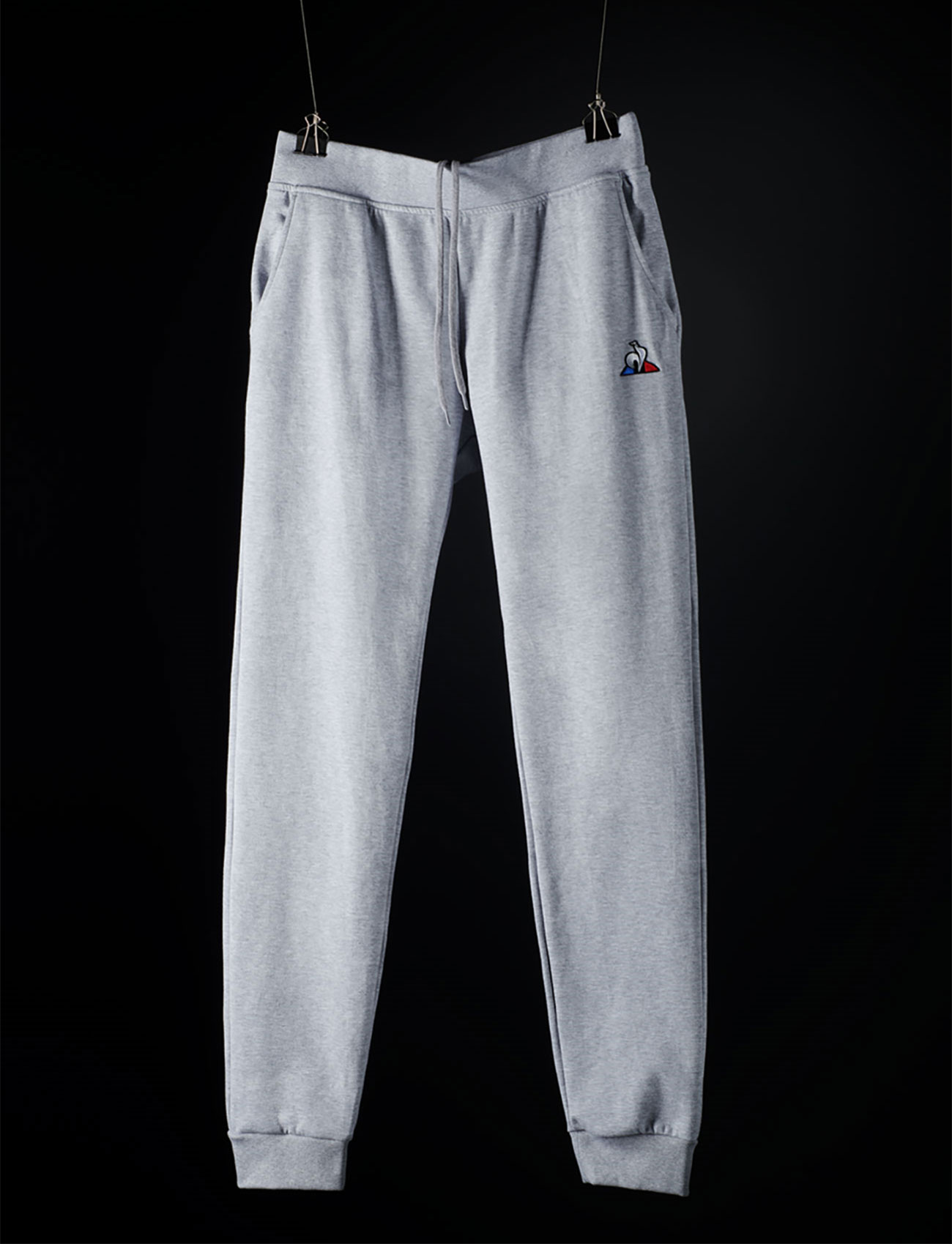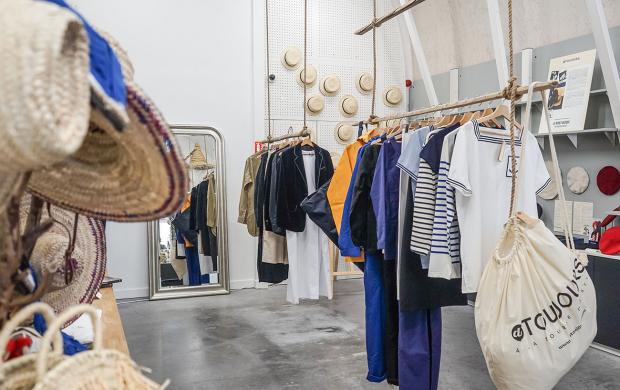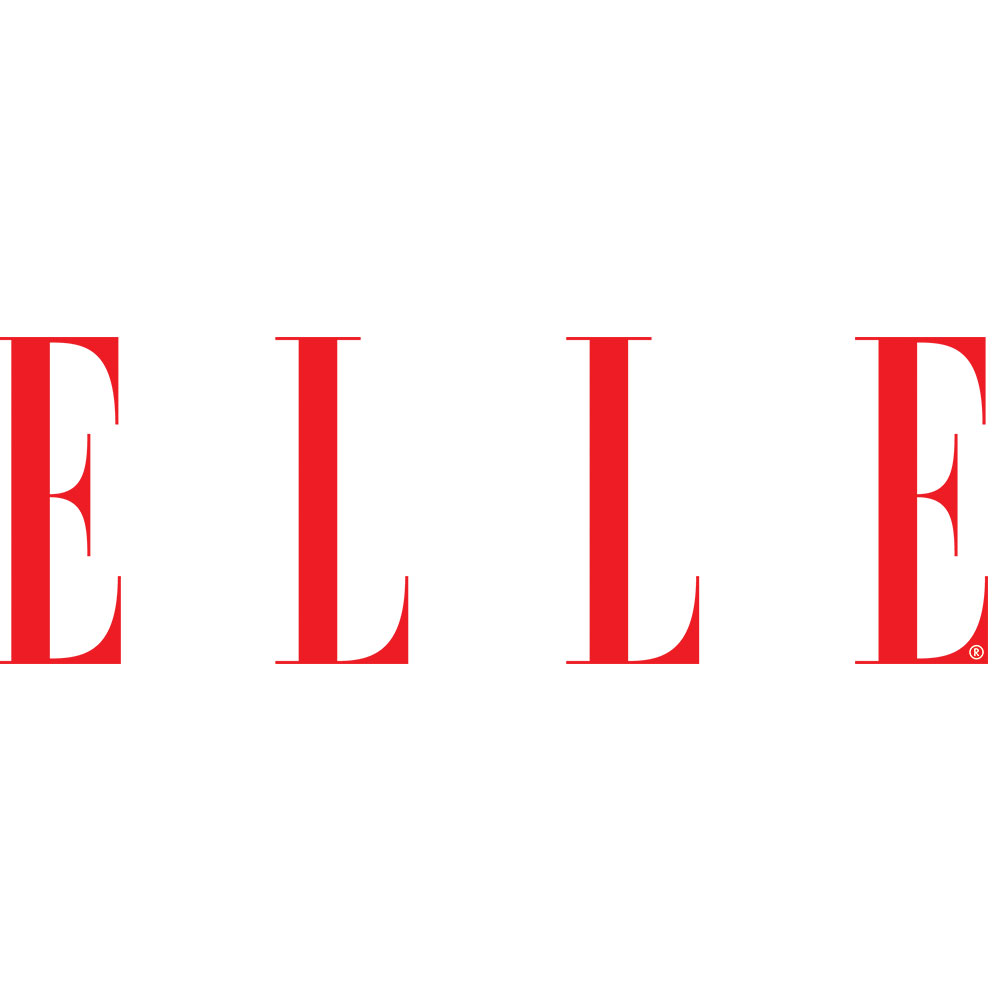Model clothing
Mucem, fort Saint-Jean—
Bâtiment Georges Henri Rivière
|
From Monday 29 June 2020 to Sunday 6 December 2020
From the tank top to jogging pants and French blue workwear to the kilt and the espadrille, follow the journey of these five pieces across time and fashion trends.
From the tank top to jogging pants and French blue workwear to the kilt and the espadrille, follow the journey of these five pieces across time and fashion trends.
From the tank top to jogging pants and French blue workwear to the kilt and the espadrille, the exhibition “Model clothing" is an invitation to follow the journey of five pieces that have stood the test of time and fashion.
How did the tank top and French blue workwear, designed to dress tradespeople, establish themselves as sources of inspiration and "basics" in the fashion industry? Why did the kilt and the espadrille, associated with specific geographies, spread throughout the world to the point that they have been adopted by everyday wardrobes? What paths did jogging pants take in order to free themselves from a purely sporting use to become one of the emblems of urban culture?
In contrast to the image of a fashion based on the cyclical and the ephemeral, these journeys take place over a period of several centuries. Rich in historical and symbolic depth, these pieces of "model clothing" are at the heart of a vestimentary grammar that prefers style above trend. And at a time when the notion of sustainability is being questioned, they also highlight notions of craftsmanship and a living heritage in their interactions with societies, evoking the preservation and safeguarding issues that accompany them.
Textiles are obviously at the heart of this exhibition, which presents some 200 pieces: ready-to-wear, haute couture, as well as underwear — a selection of materials to be touched ... These sets are presented in dialogue with drawings, prints, photographs, films, clips, and archives; in other words, a rich and varied iconography that makes it possible to speak of clothing as a true social phenomenon.
—Curation: Isabelle Crampes, head curator, (founder of deTOUJOURS.com) and Coline Zellal, associate curator (heritage custodian at the Mucem)
—Scenography: Renaud Perrin
—Graphic design: Géraldine Fohr
-
Interview with Isabelle Crampes and Coline Zellal, exhibition curators
-
Mucem (M.) The exhibition focuses on five items of “model clothing” that have survived the passage of time and fashion: the tank top, French blue workwear, the kilt, the espadrille, and jogging pants. Why did you choose these five?
Isabelle Crampes (I.C.) There could have been a hundred, such as those I selected online in recent years in my work around the preservation of living heritage and which inspired the exhibition. But we preferred to reduce the list to just five pieces in order to take the time to bring some deep understanding about them. We thus return to the secrets of their manufacture and history, with the origins of our pieces being from the world of work, sports, and folklore.
We have also chosen not to limit ourselves to a "made in France" outlook, by putting forward pieces whose histories are also Scottish, Catalan, and Anglo-Saxon.Coline Zellal (C.Z.) In addition to this geographical diversity, which echoes the Mucem's Euro-Mediterranean remit, we have also chosen a variety of shapes: skirt, trousers, top, jacket, and shoe. Despite this, all these pieces have one major point in common: they all lead "a double life". Today, they are items of fashion, but nevertheless escape the cyclical and ephemeral because of their history, sometimes several centuries long. This is the meaning of the title of our exhibition: the five pieces we chose are known for their numerous reinterpretations, all of which started from a sort of "prototype", originally designed for a very specific use and which today serves as a "model".
M. So, this exhibition aims, first of all, to remind us that clothes have a history that goes far beyond the “effects of fashion”?
I.C. Better yet, it deconstructs the effect of fashion in order to better understand it and dives deep into the events that triggered the phenomenon. By documenting the historical and social cycles that make up fashion, we can go beyond it, and then look at what these clothes have to offer in terms of why they have been adopted for so long to the extent of forging a style. The exhibition looks for the keys to proven sustainability: what in the making of a garment makes it fit for purpose and durable, and what in its history makes it timeless? It also raises the question of frugal elegance in the face of over-consumption.
C.Z. Questioning the effects of fashion also means asking in the same way about popular clothing. It is common to hear about “basics” and “icons” with regard to pieces that the fashion industry considers as must-haves, and which go beyond the limits of a collection. This status doesn’t just appear out of thin air: it is the result of society. For instance, think of the influence of cinema and music on clothing. The destiny of the kilt is inseparable from the punk movement, and that of jogging pants cannot be told without talking about hip-hop. The stories we tell are multi-disciplinary: it is only by dipping into different fields – economic and political history, technology, culture, etc – that one can understand the destinies of our pieces of model clothing.
M. Is talking of the journey that these items of “model clothing” have made over a long period also a way of evoking the evolution of our societies?
I.C. Yes, it’s a very intimate filter for bringing up these developments. All of the symbolism that these clothes take on speaks to the morals, the imagination, and the way of life of societies at a given time. The uses to which a garment is put, and the social backgrounds or genres that take hold of it, all radically different from one era to another, are all markers of the history of societies.
C.Z. Returning to this question of intimacy, this is one of the strengths of clothing as an object of study: given that it serves as an interface — a mediation of sorts between an individual and the world around them, it makes for an incredible source of information about the history of societies. It is an object that covers up, but also one that reveals. A garment is always the embodiment of a system of norms and values within a given society, and it is this wealth of meaning that is at the heart of the exhibition.
M. How are these items of “model clothing” presented in the exhibition?
C.Z. We naturally present one example of each of the five garments at the centre of each section. Beyond this, we chose as a working principle that each part of the exhibition shows the item of model clothing, as a whole or in one of its details. Paintings, films, and photographs show them staged in a multitude of contexts. We find, for example, the same sneakers worn on a beach photograph from the 1920s, worn by Grace Kelly in the 1950s, and Salvator Dali in 1961.
I.C. What’s very strong in the stories of each of our pieces of model clothing is that, from one context to the next, one finds them again and again, unchanged, travelling through the ages. Generations have passed, but they are still present and still being worn. Around them, there is, therefore, a whole world that needs to be revived, a world where modest everyday clothes, works of pop culture, fine art, film posters, and haute couture are all clues gathered around them so they may speak to us.
Concept-store estival du Mucem
|
|
Linking to the exhibition “Model Clothing”, deTOUJOURS takes over the Mucem's summer boutique at the fort Saint-Jean with a selection of original clothing for sale. Coming from the worlds of work, sports, and regional traditions, they are always designed with reference to their first manufacturers, yet constantly reinterpreted by fashion.
|
Practical information
Free entry to exhibitions from 29 June to 20 July 2020 (booking not required)
Downloads
Dossier pédagogique .pdfPartners and sponsors
With the support of Elle, l'Express Dix and Les Inrocks
